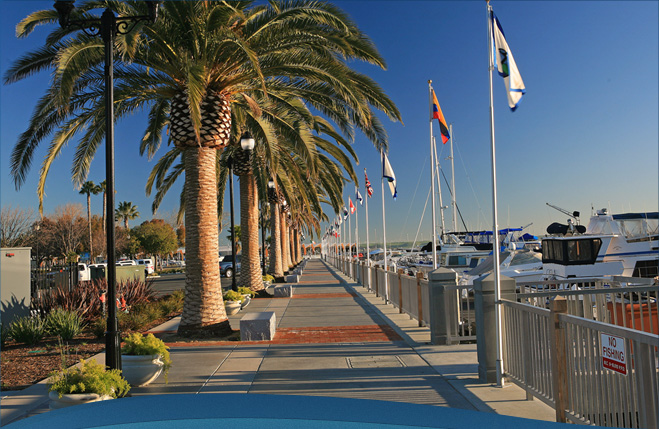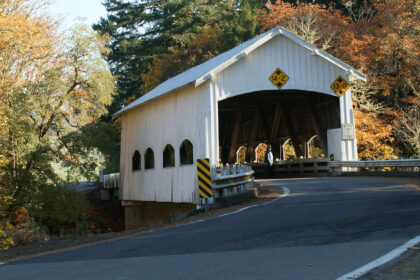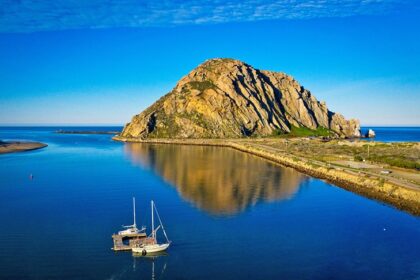Pittsburg is a city in Contra Costa County, California, United States. Take a look below for 15 amazing and interesting facts about Pittsburg, California, United States.
1. It is an industrial suburb located on the southern shore of the Suisun Bay in the East Bay region of the San Francisco Bay Area, and is part of the Sacramento–San Joaquin River Delta area.
2. The population was 76,416 at the 2020 United States Census.
3. In 1849, Colonel Jonathan D. Stevenson (from New York) bought the Rancho Los Medanos land grant, and laid out a town he called New York of the Pacific.
4. By 1850, this venture failed.
5. With the discovery of coal in the nearby town of Nortonville, the place became a port for coaling, and adopted the name Black Diamond, after the mining firm that built the Black Diamond Coal Mining Railroad from there to Nortonville.
6. Because of the industrial potential of the site, a name change to Pittsburg was proposed in 1909.
7. Pittsburg, originally settled in 1839, was called first “New York Landing”, then “Black Diamond”, before citizens voted on “Pittsburg” on February 11, 1911.
8. The name was selected to honor Pittsburgh, Pennsylvania, as the two cities’ shared a common steel and mining industrial heritage.
9. This rechristening came at a time when the name of Pittsburgh, Pennsylvania was more commonly spelled without the “h”.
10. In 1910, Columbia Steel opened its California steel plant in Pittsburg with one foundry and a crew of 60 employees. It made steel castings for the dredging, lumber and shipping industries.
11. In 1930, Columbia became a subsidiary of U.S. Steel Company. The plant continued to grow until the early 1950s, reaching a peak staff of 5,200 employees when the markets for its products crashed.
12. The parent company (by 1986, renamed as USS Company) had merged with Korean Pohang Iron and Steel Company. Together they invested $450 million turning the Pittsburg plant into a modern flat-products mill, renamed as USS-Posco. As of 1999, the facility employed 970 workers and shipped over 1.6 million U.S. tons per year of steel to over 175 customers in the Western U. S., Mexico, Canada and the Pacific Rim.
13. The original town site fronts on the Sacramento/San Joaquin River Delta, reflecting its origins as a deep water channel river port. (As of January 1, 2007, state legislation [Assembly Bill 2324] enabled the city to manage its own riverfront for commercial development and subsequent port operations).
14. Since the early 1900s, the city has grown inland to the south, then spread east and west along State Route 4, now a freeway carrying resident commuters to jobs in the San Francisco Bay-Oakland Region. In the process, the former town of Cornwall, California was absorbed. As of the 2000 census, the city had a total population of 56,769.
15. Camp Stoneman, located in the area, was a major staging area for the United States Army during World War II and the Korean War.




